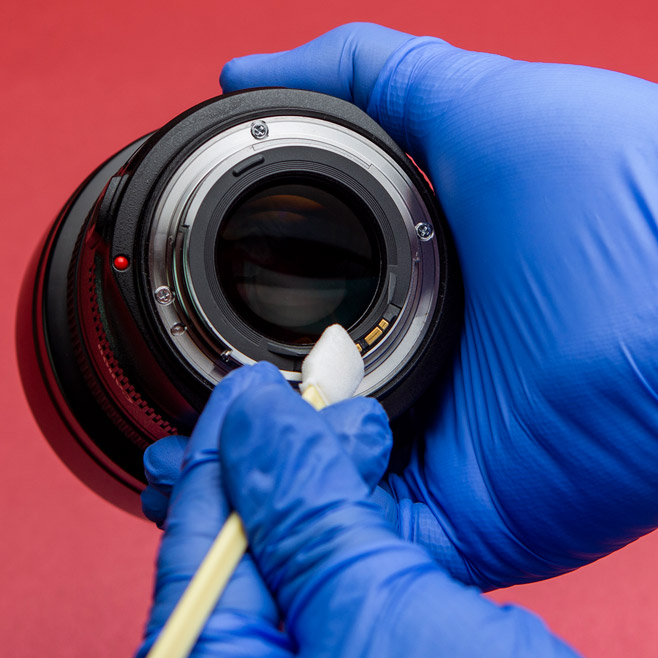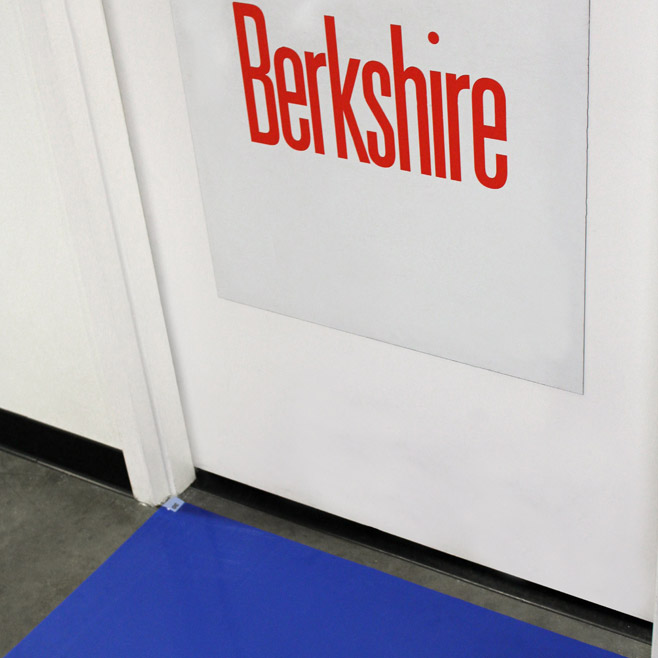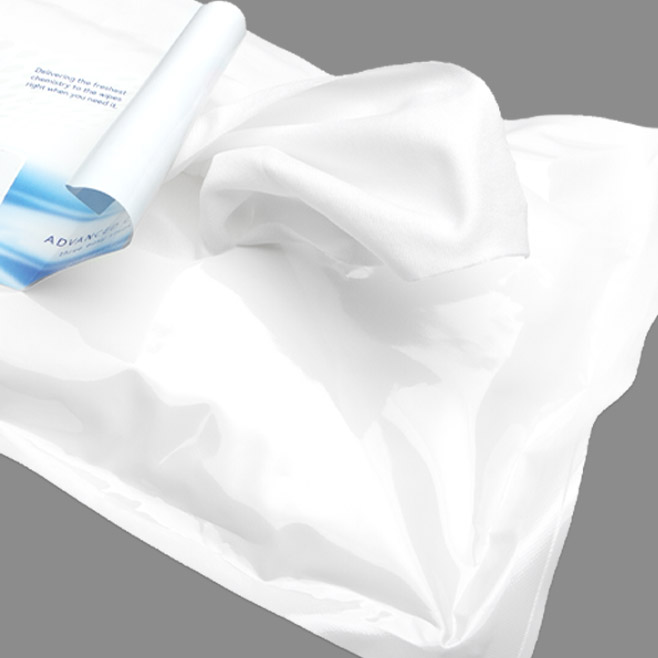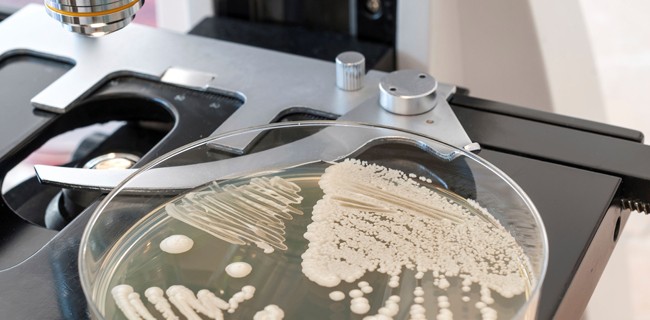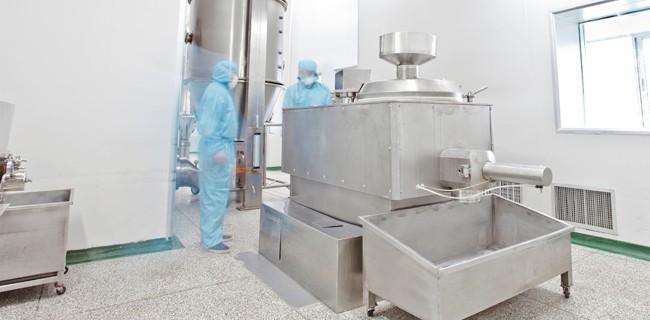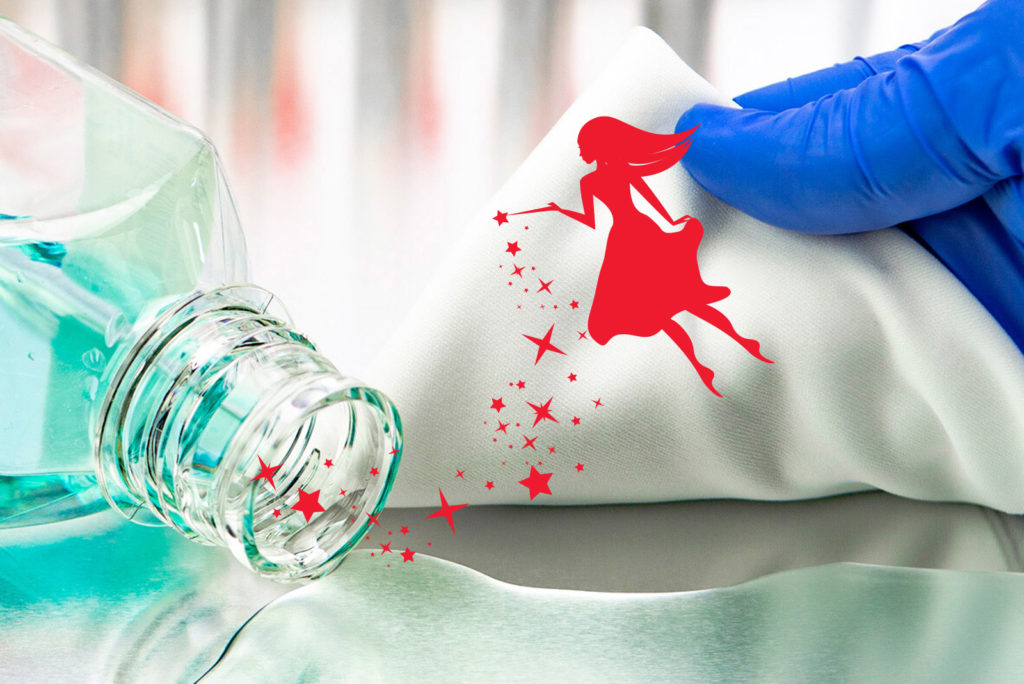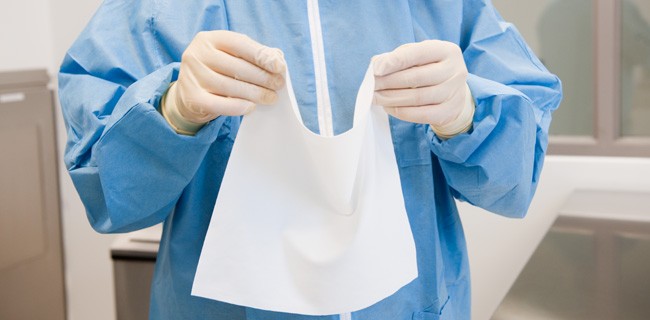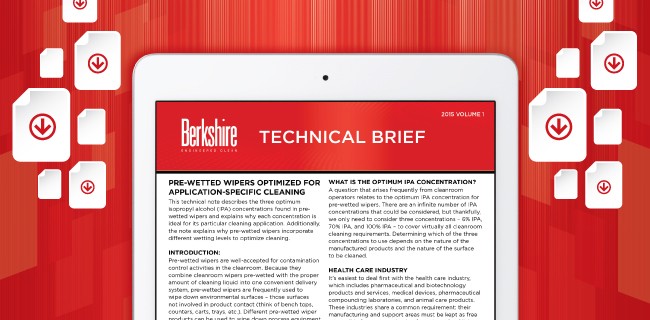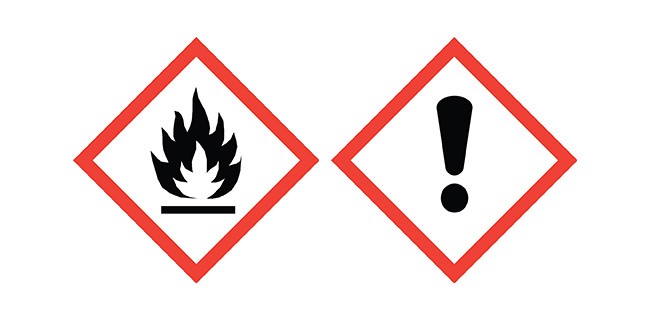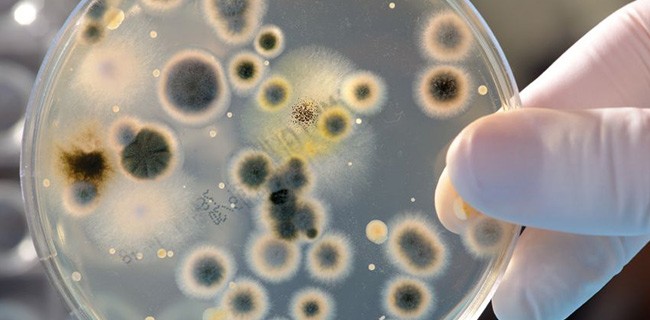In Particles on Surfaces – Part 1, witness wafer and settling plate data showed that particles and bacteria (i.e. viable particles) will settle on cleanroom surfaces. From this we can infer that particles do NOT behave as hard microscopic billiard balls, striking surfaces and rebounding into the air. Rather, through inelastic collisions with the surface, they [Read More…]
Tag Archives: Pharmaceutical
Surely cleanrooms qualify. Air filtered everywhere. Operators garbed from head to foot with only a portion of their faces exposed. Spotless stainless steel and plastic surfaces everywhere. No paper or cardboard anywhere. Manufactured product protected. Surely this is cleanliness next to Godliness. Appearances are deceiving. Despite the advances made in the High Efficiency Particle Air [Read More…]
Web searches for “Lint Free Wipes” provide some interesting information. A Google search returns 82,300 hits. A search of “lint-free” on the American Society for Testing Materials (ASTM) site returns 265 hits, and a search of “lint-free” on the United States Pharmacopeia (USP) site returns 737 hits. Of these, three are contained in the <797> document on [Read More…]
DOWNLOAD POSTER: An updated guide to properly folding and utilizing a low-linting wiper for maximum cleaning efficiency in a cleanroom, controlled or critical environment.
HERE’S A LOOK at the three optimum isopropyl alcohol (IPA) concentrations found in pre-wetted cleanroom wipers. What is the Optimum IPA Concentration based on your specific application? This Technical Brief presents an overview of: Cleaning liquids: Isopropyl alcohol (IPA) Flammability ratings Transportation and storage concerns Healthcare vs. Microelectronics cleaning applications Volatile Organic Carbons (VOCs) Thank you [Read More…]
ISOPROPYL ALCOHOL (IPA) is widely accepted as a good liquid for keeping cleanroom surfaces in pristine condition. But what about methyl, ethyl, or butyl alcohol? Why aren’t these types of alcohols considered for cleanroom cleaning, too? It all comes down to performance, safety, and price. Methyl Alcohol And Evaporation At room temperature, methyl alcohol has three [Read More…]
IF YOU ARE MANUFACTURING in an aseptic environment, it’s important for your cleanroom supplies to be sterilized with a validated process. This whitepaper, written by Lynn Stanard, Berkshire’s Senior Quality Manager, will help you understand the sterilization methods used by consumables suppliers and what to look for when procuring supplies Sterile Cleanroom Management This whitepaper provides [Read More…]
HOUSEHOLD BLEACH is well known for its ability to remove stains and whiten clothes during laundering. Bleach also finds application in health care facilities with cleanrooms. Such applications include aseptic pharmaceutical suites, biomedical device manufacturing and compounding pharmaceutical facilities that require the biocidal and sterilant capabilities of bleach. Bleach solutions, which are active against bacteria, viruses, [Read More…]
YOU CAN BUY SOLVENTS like acetone and turpentine from a hardware store, but you really shouldn’t. Solvents sold in the hardware store are not refined to the level required for cleanroom cleaning. When applied to surfaces, the hardware store variety of solvents will leave visible residues behind after they have evaporated. Cleaning With Acetone Or Turpentine [Read More…]
THOUGH PHENOLIC SOLUTIONS are often referred to as “cleaning solutions,” they actually deviate somewhat from the typical cleaning solution. Generally, cleaning solutions are characterized by their ability to remove soils (contaminants) from surfaces. Phenolic solutions don’t really do this. Cleaning solutions remove soils from surfaces by lowering the surface tension of the thin water layer that [Read More…]






